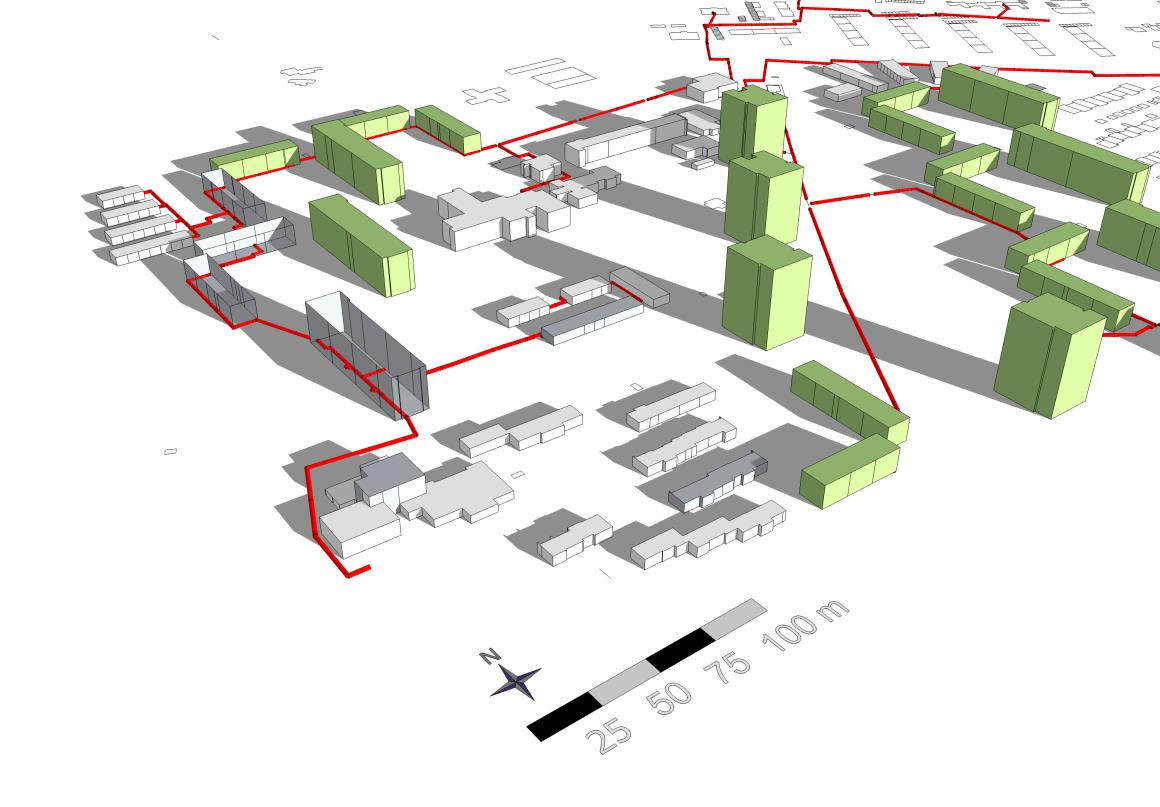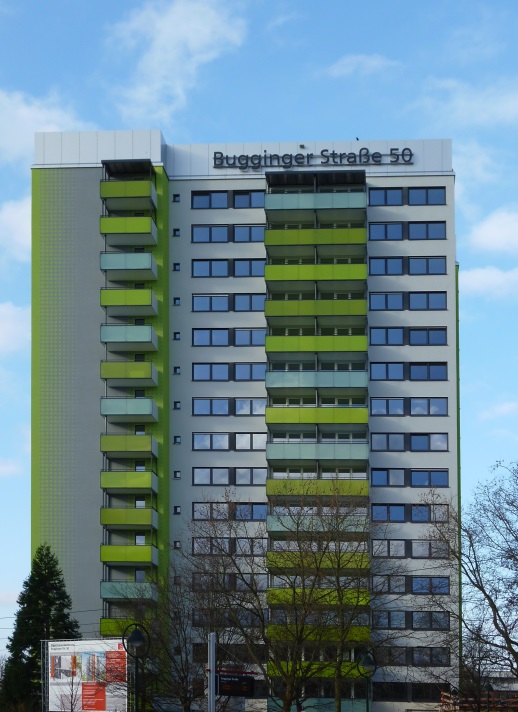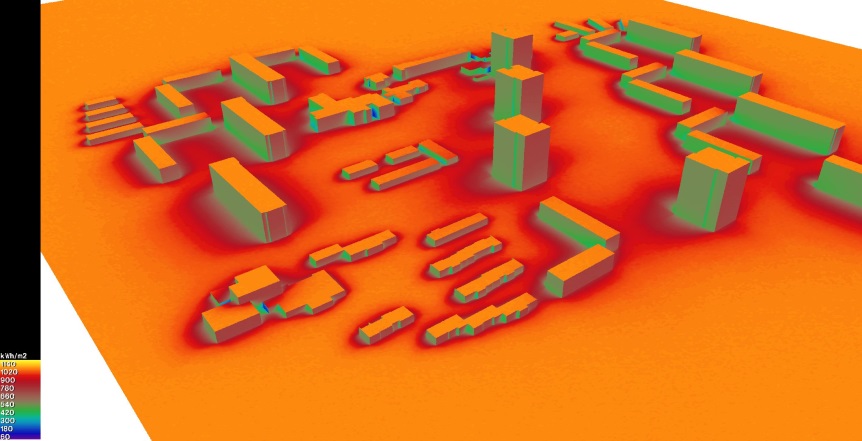| Duration: | January 2009 - August 2013 |
| Contracting Authority / Sponsors: | German Federal Ministry of Economic Affairs and Energy (BMWi) |
| Project Partners: | Freiburger Stadtbau GmbH, badenova WÄRMEPLUS |
| Projektwebsite: | www.eneff-stadt.info/de/pilotprojekte/projekt/ |
Weingarten 2000 – Model Refurbishment of the Urban Quarter Freiburg Weingarten



Energy-related renovation will be carried out in the suburb of Weingarten-West from 2007 until about 2022. The accompanying research project has the goals of planning, implementing, monitoring and analysing the energy-relevant aspects of building renovation and the energy supply for this suburb. The primary energy consumption for all energy services is to be reduced by 30 %. In the project, renovation concepts will be developed for typical buildings from the 1960’s and the resulting changes in the heating supply structure will be investigated. The total heating energy demand for the suburb will decrease due to the improved standard of the buildings. In particular, this affects the supply of district heating from a combined heat and power (CHP) station. We will also investigate how operation of the district heating system can be adapted to the changed demand.
The refurbishment of the high rise building “Bugginger Strasse 50” reduces heat demand by 80% to 15 kWh/m2a. The refurbishment was completed in 2011. Innovative isolation technology like “Aerogel” was used. The building was supply by central ventilation system with heat recovery and district heating system. Thermal buffer storage ensures to preserve high temperature difference.
The effects of the decreasing heat demand on the heating supply structure will be analysed dynamically on the basis of simulations. To this purpose, an interface was developed which links the topology of the district heating network recorded in the energy utility’s GIS system with the “modelica” simulation environment. The analyses demonstrate that the share of heat from CHP generation in the total heat supply can be increased, despite the reduced heating demand, if the configuration and operation of the CHP plant is adapted to the changed load profile.
Lowering the inlet and outlet temperatures for the district heating reduces heat losses in the piping. Alt-hough more pumping is needed, a more efficient heat supply can be achieved. The investigations show that the heat losses via the piping can be reduced by up to 15 % if the maximum inlet temperature for the district heating is reduced by 20 K. The district heating operation can be optimised further by increasing the thermal storage capacity. Distributed storage management, which takes the storage capacity of the district heating network into account, can increase the flexibility in de-coupling electricity and heat generation, so that the CHP operation can be adapted better to the electricity demand without reducing the heat utilisation. This capability is a key to stable operation of future electricity grids with a continually growing proportion of fluctuating energy from renewable sources.